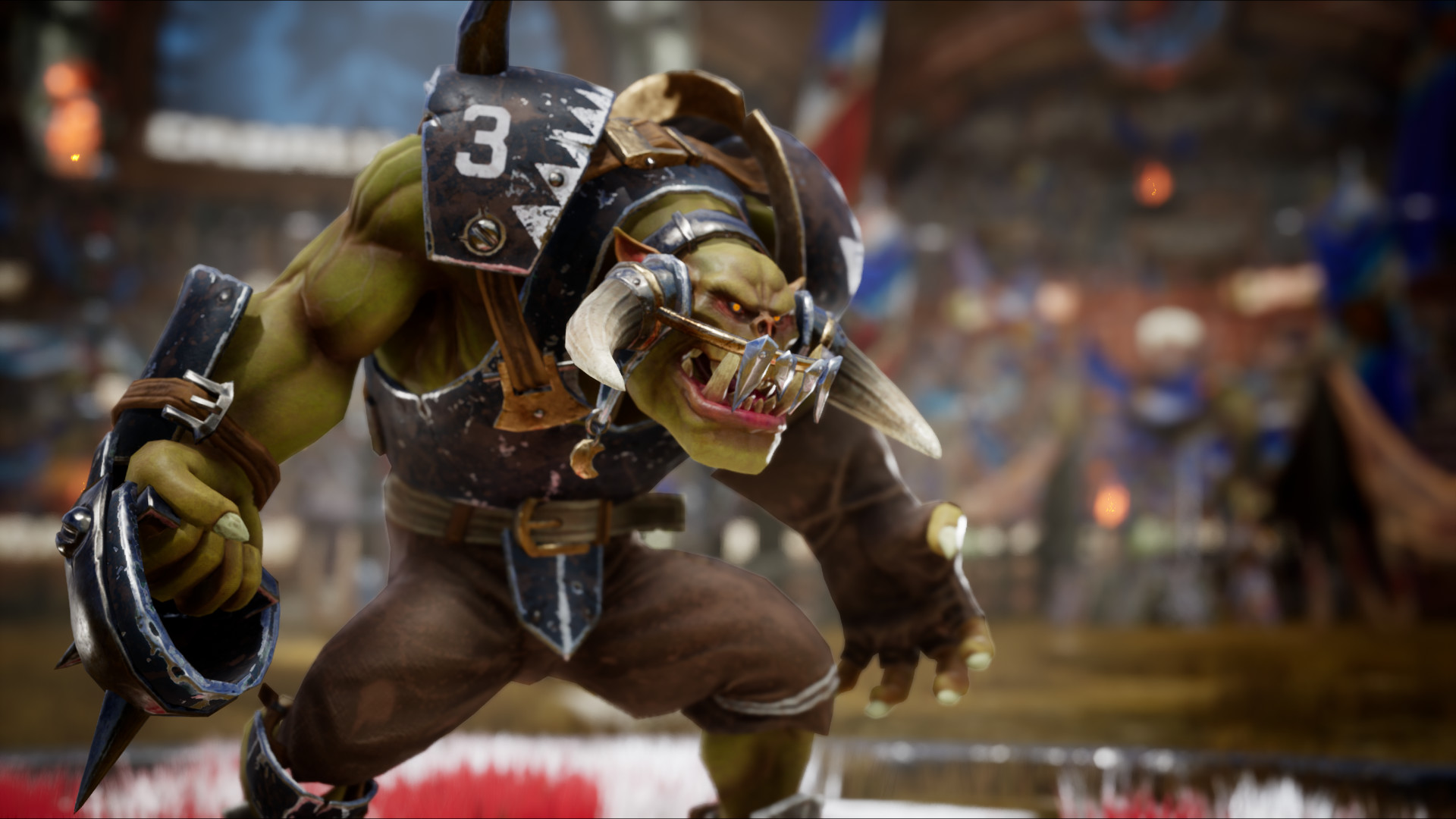
That said, several Leagues have developed special rules for allowing fan favorite retired Star Players for playing in the game.

However, other famous players remain retired, and may never make a return to the game of Blood Bowl. The Blood Bowl Competition Rules v6 pleased long time fans of the game by bringing back many beloved Star Players from earlier versions of the game. Over the years, several Star Players have come and gone as the game of Blood Bowl has evolved. Instead, Star Players may be hired at a large cost on a one turn basis. However, the Blood Bowl Competition Rules v6 do not permit teams to hire Star Players as part of their regular rosters. In previous editions of Blood Bowl, Star Players could be permanently hired as part of a team's roster.
BLOOD BOWL 3 RULES PRO
Teams in Tier 3 are designed to win on average 35% to 30% of their games): Goblin, Halfling, Ogre,įor another perspective see the Worst Teams in Bloodbowl article.Star Players are particularly famous pro Blood Bowl players (also known as "Characters") who are available for hire as "free agents" by Blood Bowl teams. These teams are meant to be difficult to win with and to give experienced coaches a challenge to play. Teams in Tier 2 were designed to win on average 45% to 35% of their games.): Vampire Tier 2 (This tier was designed to create teams that were a challenge to play but could still be competitive. Teams in Tier 1.5 are designed to win on average 50% to 40% of their games.): Chaos Pact**, Slann, Underworld Tier 1.5 (This tier was established by the BBRC for the 3 new teams that were designed for LRB 6 / CRP to insure that they were competitive but not overpowered. These teams should win on average 55% to 45% of their games.): Amazon, Chaos, Chaos Dwarf, Dark Elf, Dwarf, Elf, High Elf, Human, Khemri, Lizardman, Necromantic, Norse, Nurgle, Orc, Skaven, Undead, Wood Elf Tier 1 (This is where the bulk of the teams were designed to be. With years of testing and feedback from multiple leagues over the world, the BBRC worked to insure that each of the 24 races in Blood Bowl performed within the boundaries of the tier they were assigned to. The creation of the tiers was done by the BBRC in order to modify the skills and stats of each race to get their overall league win percentages within a Tier of winning.

Several leagues play with match, tournament, and team building rules designed to incorporate the uses of the tiers either as defined by the BBRC or modified by themselves to give some advantages to teams. Tom Anders who was the lead designer of the CRP rules has confirmed the tiers created by Jervis Johnson and the BBRC as the goal posts for the team designs for Blood Bowl. While the tiers are not in the LRB6 or the Competition Rules Pack (CRP), they have been described on multiple occasions by members of the BBRC.

This system was blessed by Games Workshop with Jervis Johnson creator of Blood Bowl residing over the decision to create the tiers. When they produced LRB6, the Blood Bowl Rules Committee (BBRC) used a system for handicapping the various teams in play, so that, in effect, a tier system would be used to determined the difficulty of play for certain teams. This is used to rank players, seed brackets for tournaments, and influence the assignment of matches in various forms of League play. As of the Blood Bowl Competition Rules v6 (2010), the following teams are considered legal for play in BloodBowl.Īs an addendum, many leagues around the world have chosen to classify the Blood Bowl teams in a system of tiers.


 0 kommentar(er)
0 kommentar(er)
